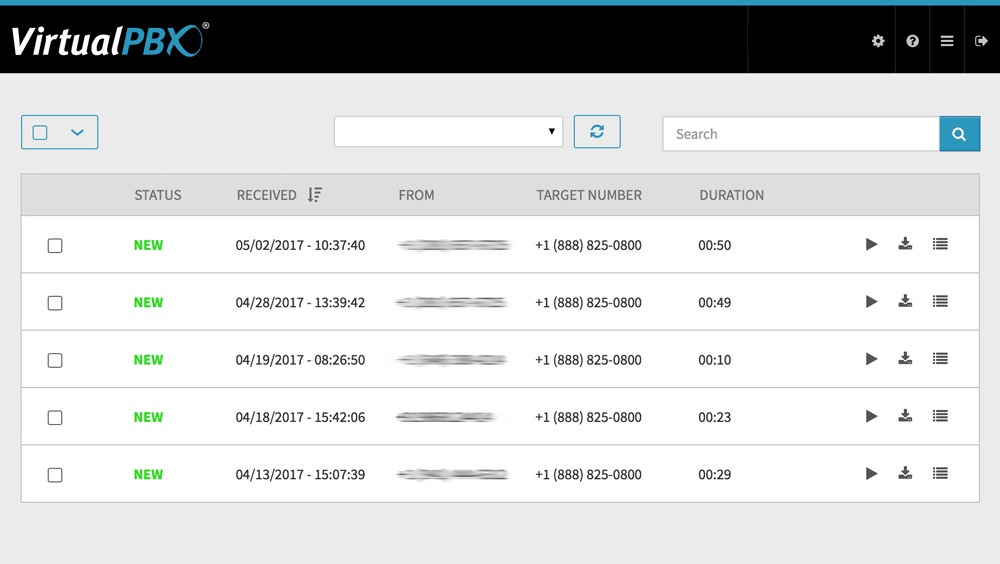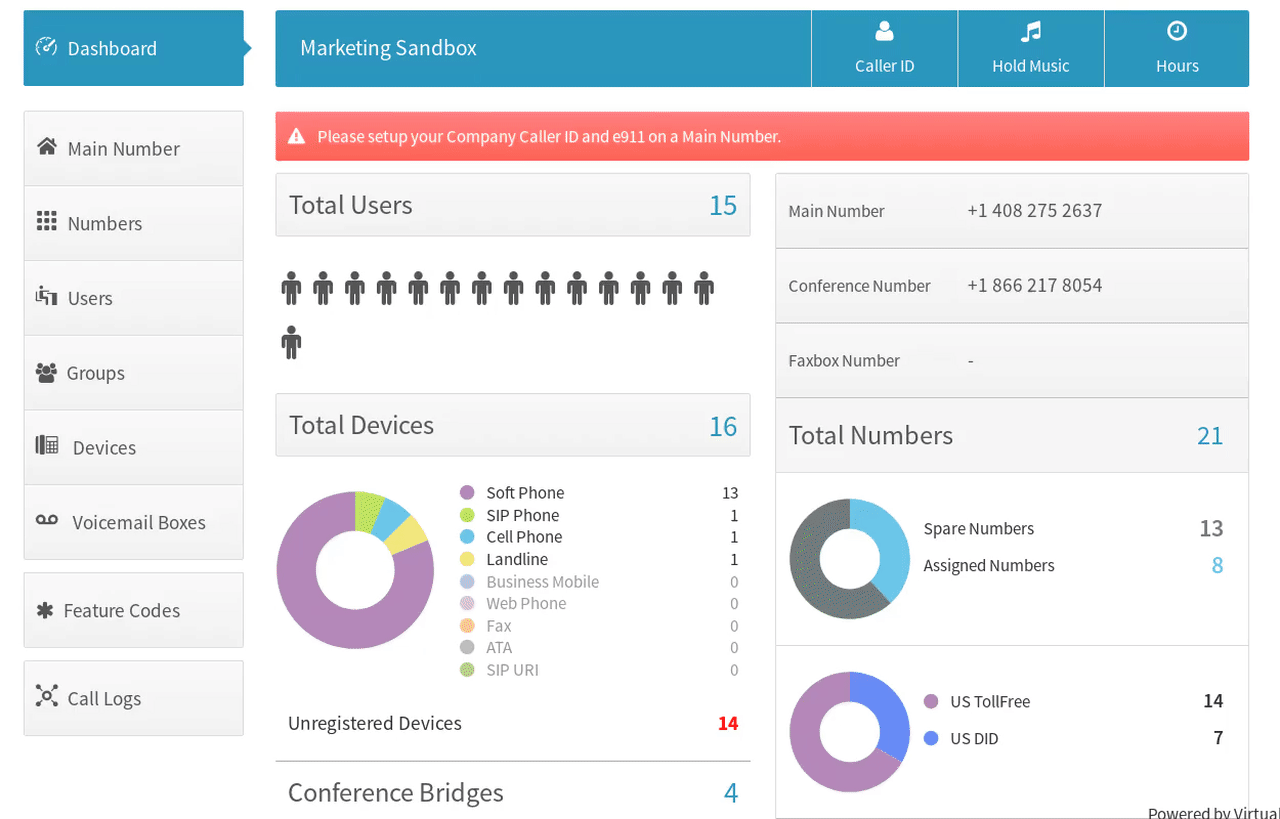TSELLC, a business software developer, first joined VirtualPBX in 2015. Both then and now it was a modest team of only a handful of employees that has relied on VirtualPBX to provide it with a powerful phone system that has remained affordable across the last half decade.
As VirtualPBX plans and features have evolved, TSELLC president and owner Art Wilkes and his employees have come along for the journey. Overall they have kept life simple by sticking with introductory phone plans – indirectly speaking to the power of the included feature set that all customers receive.
Recently, Wilkes and company were upgraded to a new VirtualPBX 300 Plan which is part of a transition to the new Dash platform that VirtualPBX has developed. All customers using legacy VirtualPBX plans from the early 2010s have made this same transition to Dash. What follows here is the brief story of what TSELLC values most in its phone system and how it has enjoyed multiple phone plans to serve its broad base of customers.

While many businesses with global reach seek out advanced plans with enterprise features, TSELLC keeps it simple with introductory plans that are normally geared toward entrepreneurs and small businesses.
The VirtualPBX 300 Plan, for example, includes a number of important features for handling inbound and outbound calling like Automated Attendant and Voicemail. It’s positioned as a plan that works well for smaller businesses because of its modest calling minutes (300) and absence of team management features like ACD Queues Pro and dynamic integration features like API Access.
TSELLC uses the VirtualPBX 300 included features to its advantage, capitalizing on the plan’s allowance of unlimited users while staying within the boundaries of its calling minutes. This results in a phone plan that fits TSELLC’s needs while remaining flexible and with a low price tag.

Wilkes notes that his team’s power usage of VirtualPBX 300 is possible for a number of reasons. First, he said, is that TSELLC reaches beyond its grasp by doing more with a virtually distributed team.
“We are a virtual company,” Wilkes pointed out. “Five of us, including myself, work here. The other four are scattered around the world.”
This gives TSELLC the opportunity to have a presence in multiple time zones and address customer needs at varying times of day. Employees remain accessible even in times where businesses have been adversely affected by global issues like the COVID-19 pandemic.
It is through distinct categorization in TSELLC’s Automated Attendant that the company is able to market itself properly to customers.
Again, despite its small size, TSELLC gives itself a presence that might otherwise only be associated with large enterprises.
TSELLC’s departments are mapped into the Automated Attendant and routed to the appropriate recipients. In part, Call Forwarding is used to allow the team to continue using personal devices to answer inbound calls. Otherwise the use of Voicemail allows Wilkes and others to respond promptly to calls that have been missed.

Wilkes was open about his team’s time spent using its VirtualPBX Plan.
“Our customers mainly contact us through email, through our website,” he said.
The manner in which a phone system is used is what matters most. For Wilkes, time spent completing calls reveals a great deal about the interoperability of the phone plan and the systems that surround it.
TSELLC has managed to find a system that works for its distributed team where email clearly leads the way. However, when voice service needs to come into play, it does so with distinction.
“I do not hear well,” Wilkes revealed. “The calls on VirtualPBX are always loud and understandable. I really like that.”
“We switched from another phone vendor when we moved to VirtualPBX,” Wilkes continued. “We switched because of the cost and service.”
The cost of TSELLC’s service has not significantly fluctuated in the five years it has been a VirtualPBX customer. Plans like the VirtualPBX 300 were available when TSELLC moved from the legacy system to the current Dash platform, and this has allowed Wilkes to add as many users to his phone plan as necessary.
Automated Attendant, Call Forwarding, and Voicemail are the features most used at TSELLC. It’s current plan also includes multiple phone numbers, Audio Conferencing between team members and customers, and Ring Groups used to further refine how inbound calls reach employees. There is expansion available within the core of Wilkes’ current plan should his team desire to increase its use of the phone system.
“We have done well with VirtualPBX. It helps our various departments with marketing. I’m now also working with your team to get a professional recording for our main greeting,” Wilkes concluded.
TSELLC is now on track with development of a user interface library and a line of coding wizards for its own customers. With the phone system established, Wilkes and his global team will be able to keep their connections to these and future customers alive, expanding as necessary or staying consistent as they have for many years.
1998-2024. VirtualPBX.com, Inc. All rights reserved. VirtualPBX, TrueACD, and ProSIP are ® trademarks of VirtualPBX.com, Inc.